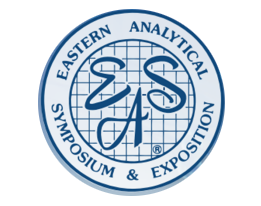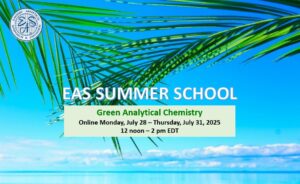One-Day Course:
Tuesday, Nov. 15; 8:30am – 5:00pm
Dr. Satinder Kaur Brar, York University, North York, Ontario
Dr. Rama Pulicharla, York University, North York, Ontario
COURSE DESCRIPTION
This course introduces different instruments used for quantitatively measuring the trace emerging contaminants, especially organic compounds. Also, gives an overview of analytical challenges, validation of method and their range of application within detection of organic compounds in in environmental matrices including water, wastewater, sludge. This course covers the fundamentals of experimental and analytical methods and the importance of chemistry around trace molecules and the instrumental parameters. Specific analytical techniques or concepts covered are: mass spectrometric methods and chromatographic methods.
WHO SHOULD ATTEND
This course is ideal for young professionals who just started working in analytical chemistry in various industries from environmental and chemical to trace organic compounds, pharmaceuticals, perfluoro compounds. Whether you’re looking to advance your knowledge within chemical sciences, improve your practical problem-solving skills or are looking to move into a lab-based role, this course will provide the theoretical and practical toolkit to advance your professional development.
TOPICS
- Organic Emerging Contaminants
a. Introduction to chemistry of contaminants
b. Occurrence in different environmental compartments
c. Importance of quantification and monitoring - Conversional vs Advanced Approaches to Measure the Organic Contaminants
a. Conventions analytical instruments
b. Advanced techniques
c. Real time applicability - Challenges in Quantifying Contaminants
a. Environmental matrices and chemistry of contaminants
b. Instrumental parameters and compatibility
c. Critical analysis and real time application
ABOUT THE INSTRUCTORS
Professor Satinder Kaur Brar is the James and Joanne Love Chair in Environmental Engineering at York University. Her research is on the intersecting areas of environmental engineering and its impact on the overall well-being of the global community. She primarily works in the two converging fields of value-addition of wastes and removal of emerging contaminants. Many national and international awards and honors have been bestowed on her that prove her research mettle. Recent ones being, in 2019, Eddy Principles/Processes Wastewater Medal winner, honored by the Water Environment Federation; in 2017, her research on “Novel and Advanced Hybrid Oxidation and Enzymatic Technologies for Emerging Trace Environmental Contaminants” were awarded the Grand Prize in University Research for Excellence in Environmental Engineering and Science by the American Academy of Environmental Engineers and Scientists (AAEES. She leads the Bioprocessing and NanoEnzyme Formulation Facility (BANEFF) at York University which has successfully led to the training of 69 HQP (including 45 undergraduates and summer interns). Currently, she is supervising 4 PDFs, 2 research associates, one research assistant, 11 Ph.D.s and 2 M.Scs. She has published more than 385 articles, edited 11 books and at least 52 invited talks to her credit.
Professor Rama Pulicharla: Currently, Dr. Pulicharla is working as a senior researcher at York University Toronto, Canada. She holds a Bachelor’s degree in Pharmacy from Osmania University and Master’s degree in pharmaceutical sciences from Kakatiya University, India. She completed his PhD in Water Science from University du Quebec. Her research interest lies in monitoring contaminants of emerging concern in wastewater and drinking water and also their removal. She has published more than 30 research publications (including co-authorships) in various international peer-reviewed journals. Her specific research area includes validation and development of analytical methods in environmental matrices, chemical/biodegradation of contaminants, waste management and engineering.

